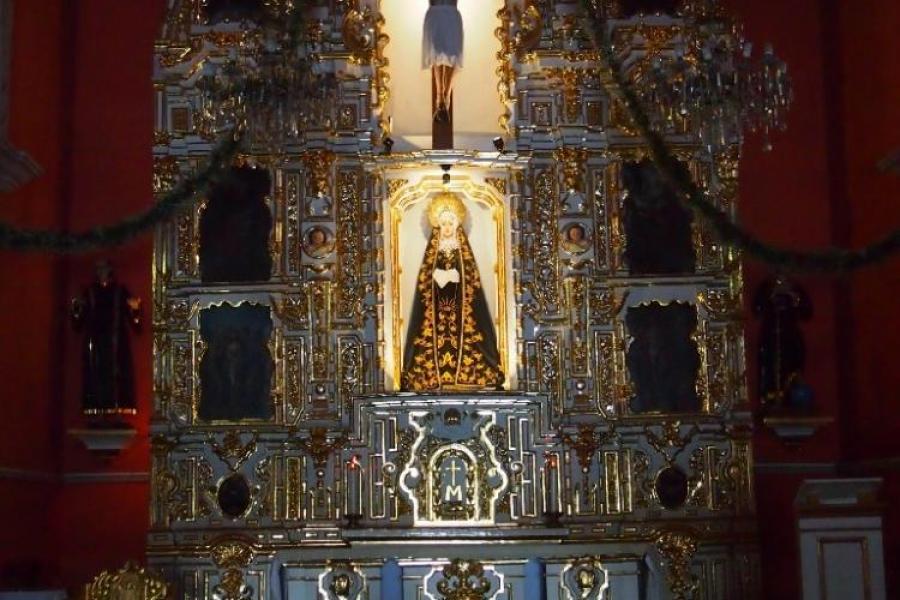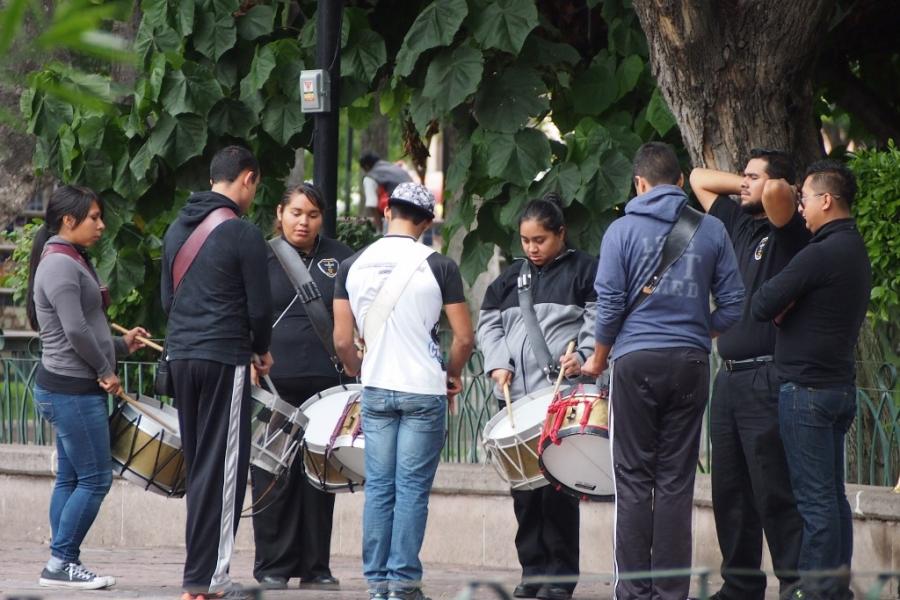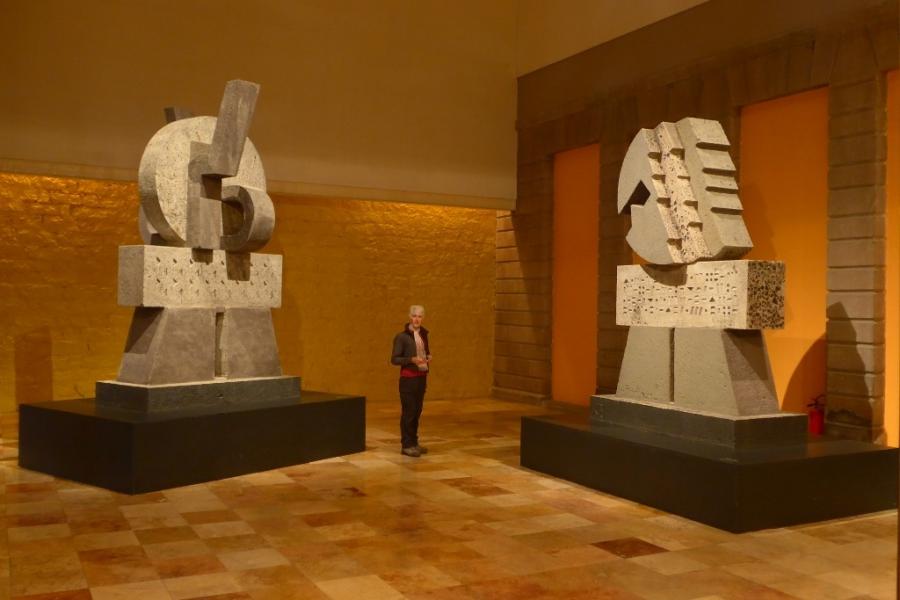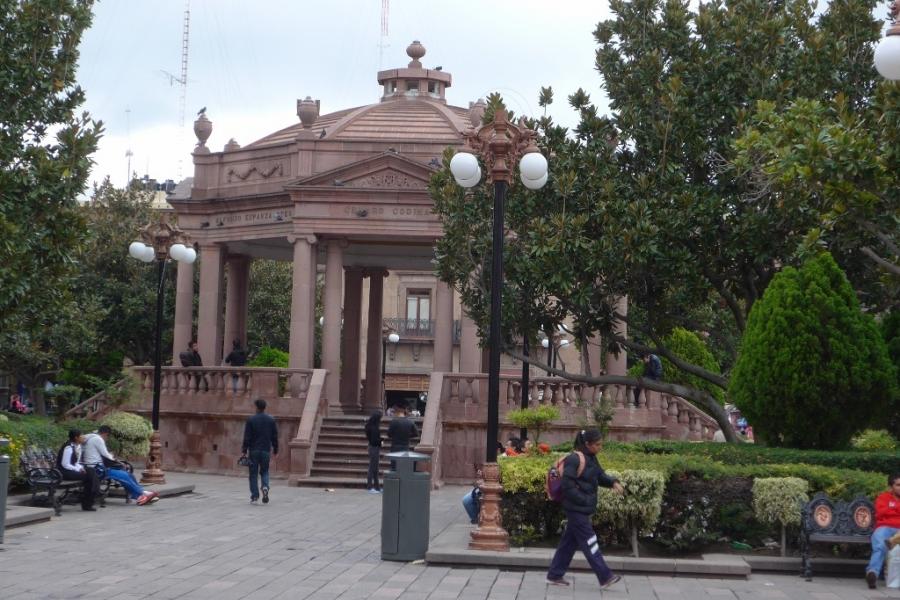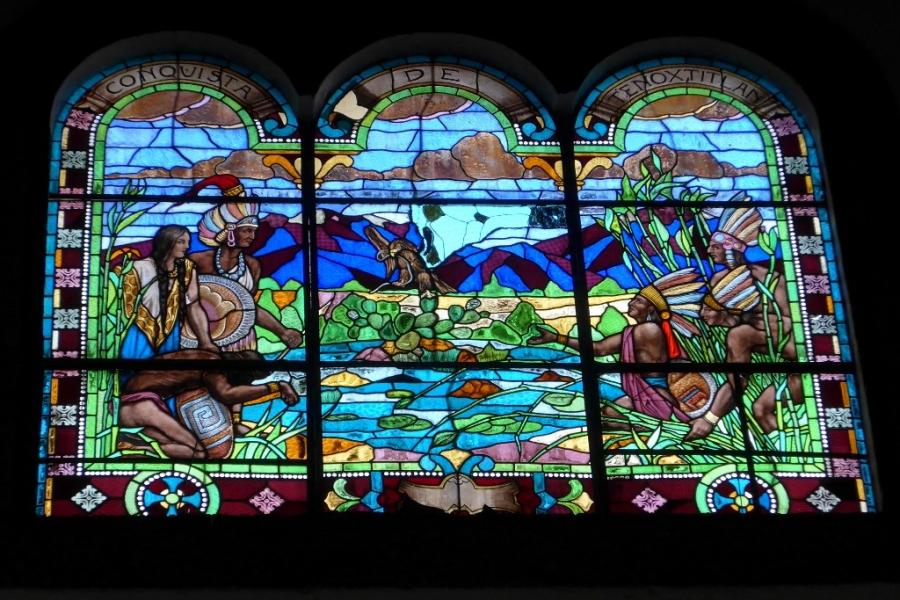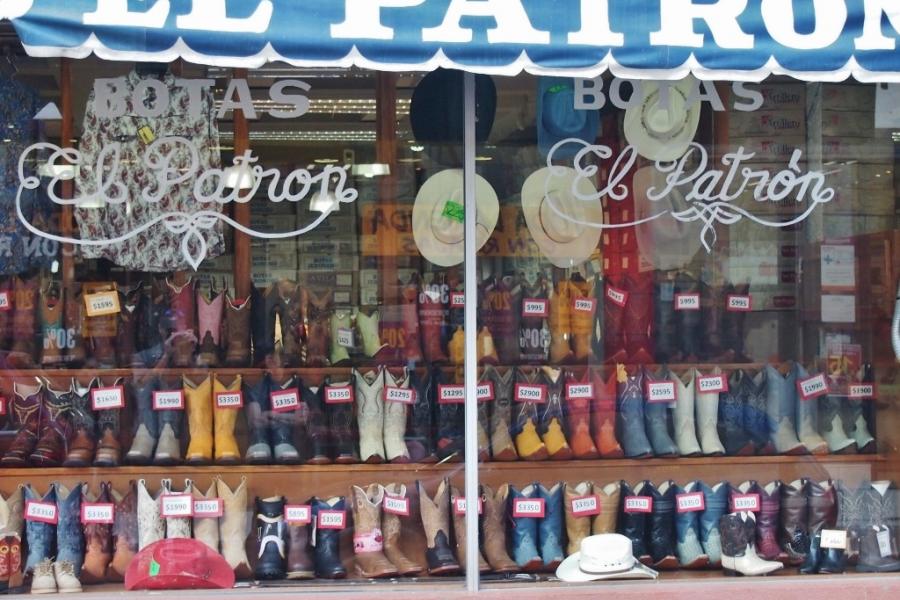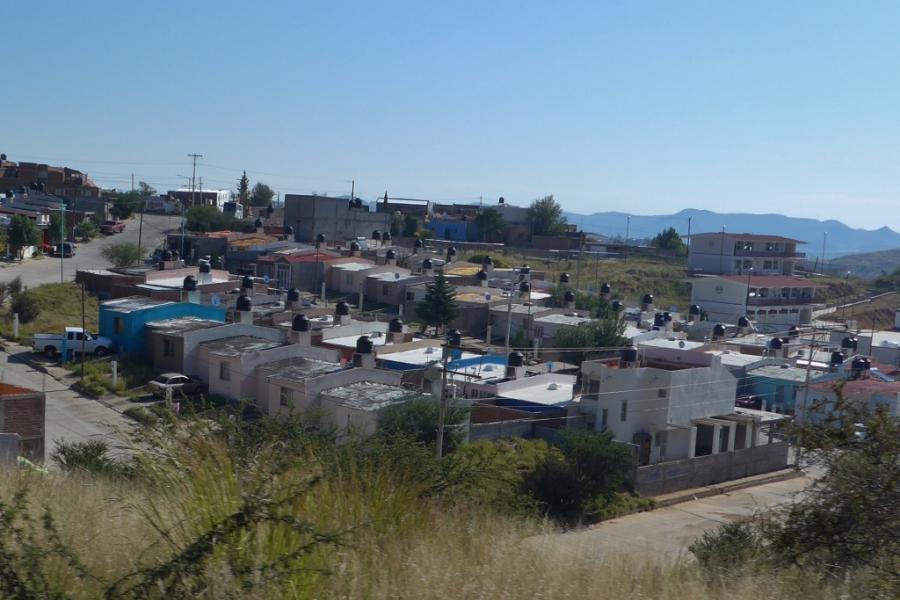Back to the Heartland (Originally posted 26 Oct 2015)
Country
We have always loved our time in the back-blocks of any country we have visited and, in this, Mexico has been a treat. The gritty villages and small-hold farming communities set in spectacular rugged country are both romantic and picturesque and play to a simplified stereotype of Mexico. We had found during our previous visits that, like all stereotypes, this one failed to describe the modern country. It is the cities of the heartland that have incubated Mexico's modern cultural identity. Our last week of travel should illustrate the point.
If the small city of Hidalgo del Parral lacked a spectacular historical centre and monumental architecture we found it a delight in a different way. This is a working town; well organised, neat as a pin and full of commercial energy. It is the sort of town where getting the kids to soccer practice or to ballet or guitar class is important business. It is much like similar towns everywhere and it wears its Mexican-ness with a casual ease. It also has the best cowboy boot shops imaginable!
Zacatecas is a different sort of city. It is a place we have visited before and love and it is, by any measure, beautiful. It carries itself with a sophisticated swagger as though its classical architecture, spotless streets, coffee shops, wonderful museums and theatre are the sorts of things that every small city has. Unfortunately, only a few places have Zacatecas' combination of compactness, beauty and sophistication.
Zacatecas is at 2440m on the Sierra Madre Occidental and, for this visit, the autumn weather was perfect. We wandered the streets of the old district wondering how much a house would cost close in to the centre and imagining living in a place where a car would seldom be needed but where you could be out into the countryside in a few minutes. A little thought about the freezing winters at this altitude was, however, enough to temper our enthusiasm.
The journey south took us through a desert area that had been a vast inland sea, thrust up and cut off by the same geological shift that created the Sierra Madre. We did a little non-city exploration which will feature in a later blog, but pressed on without too much delay to the city of San Luis Potosí, a one-time silver mining town reborn as a commercial centre and state capital. Rain on the oily-slick cobble streets together with Saturday morning traffic was a worrying start to our visit but all of that was swept away in a few minutes when we found a fine hotel on the edge of the old city. It seemed to be the only place with secure indoor parking and the friendly staff were a real bonus.
Like many of the cities of the heartland, San Luis Potosí has an old centre of beautiful buildings, excellent museums and fine open plazas. SLP also has the benefit of a network of pedestrian streets making it easy to walk to any part of the old city. As the walking streets end, the city scape changes to a dense ring of commercial and retail districts providing every service of a modern city. SLP isn't just a pretty face. Many of the grand events of modern Mexican history were fomented or played-out here and a number of heroes of Mexican independence including Francisco González Bocanegra, who composed the national anthem, and Miguel Barragán, a President of Mexico, were citizens. It is a town with a revolutionary spirit.
Like every Mexican city on every Saturday night, San Luis Potosí had a festival for us to enjoy. Its contribution was a competition between musical groups called Callejoneadas Potosinas. These groups are generally formed by university students but many musicians continue to participate after graduation. They dress in clothing from the “Spanish Classical Period” and play instruments and music from that era. The music, singing and the theatre of the performance were wonderful. It seemed that in Mexico there is a first rate tenor on every corner. When we found an Italian coffee shop, we knew we were in a quality place.
Saturday night was a musical treat, and we were just congratulating ourselves for discovering a little more of the depth and vitality of Mexico, when we visited the Templo de San José on Sunday in search of a famous icon. Mass was in full swing when we arrived so we sat in the back to listen in. We were glad we did. The service was accompanied by an 8 piece orchestra and two tenors who would have been making a living in an opera company anywhere else. After the service we waited for the crowd to clear so we could investigate the statue, but the crowd didn't clear. A new crowd pushed in to replace those leaving and the next Mass was underway in a few minutes. The orchestra remained but this time accompanied by a mezzo soprano with a soaring voice to fill the church. I almost laughed out loud when I remembered the thin, embarrassed and off-tune singing of my church-going youth.
If San Luis Potosí had us all cultured and churchified, there was no time to enjoy it. We packed Elephant again and took the toll road west to Guadalajara, the home of our friends Ernesto and Andrea, and a place where I could have some work done on Elephant. Unfortunately, the hammering it got in the canyons had left Elephant with a damaged rear suspension unit and swing arm. We found a warm welcome, a suspension expert and a safe place to wait for spare parts to arrive and for Hurricane Patricia to pass; some good luck to balance the bad.
If anything lasting has come of this week (apart from a lesson on the dangers of overloading your elephant), it is to remind us how easy it is to form a stereotype of an individual or a people on the basis of a few random images and half truths. Mexico's history and culture are rich and vibrant and Mexicans are rightly proud of their long history and its part in their everyday life. It makes us a little envious of the way it enriches their lives and provides context to their past and future












